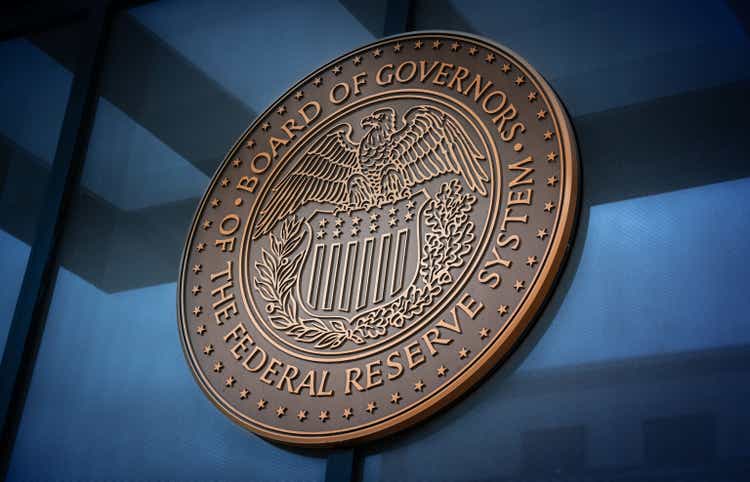People who take a look at optimistic for COVID-19 not want to remain in isolation for 5 days, U.S. well being officers introduced Friday.
The Facilities for Illness Management and Prevention modified its longstanding steering, saying that folks can return to work or common actions if their signs are gentle and enhancing and it’s been a day since they’ve had a fever.
The change comes at a time when COVID-19 is not the general public well being menace it as soon as was. It dropped from being the nation’s third main reason behind demise early within the pandemic to tenth final 12 months.
Most individuals have some extent of immunity to the coronavirus from previous vaccinations or from infections. And many individuals will not be following the five-day isolation steering anyway, some specialists say.
“Our objective right here is to proceed to guard these in danger for extreme sickness whereas additionally reassuring of us that these suggestion are easy, clear, straightforward to grasp, and will be adopted,” stated Dr. Mandy Cohen, the CDC’s director,
Nonetheless, some specialists fear that the change could improve the danger of an infection for these people who find themselves extra susceptible to growing extreme sickness.
Why are the rules altering?
COVID-19 shouldn’t be inflicting as many hospitalizations and deaths because it did within the first years of the pandemic. The change is an effort to streamline suggestions so they’re much like longstanding suggestions for flu and different respiratory viruses. Many individuals with a runny nostril, cough or different signs aren’t testing to differentiate whether or not it’s COVID-19, flu, or one thing else, officers say.
This will not be as stringent, but additionally emphasizes that each one folks with respiratory signs ought to keep dwelling whereas they’re sick, stated Dr. David Margolius, the pinnacle of Cleveland’s well being division.
There’s been no latest change within the science of how lengthy folks with COVID-19 are seemingly contagious, stated Jennifer Nuzzo, director of the Pandemic Middle at Brown College’s Faculty of Public Well being.
“What has modified is how a lot COVID is harming us as a inhabitants,” Nuzzo stated.
What are the brand new tips?
When you’ve got signs, keep dwelling till your signs are gentle and enhancing and it’s been a day because you’ve had a fever. However then you’ll be able to stay cautious by sporting a masks and conserving a distance from others.
There isn’t a change to tips for nursing properties and well being care services, nonetheless.
The company is emphasizing that folks ought to nonetheless attempt to stop infections within the first place, by getting vaccinated, washing their arms, and taking steps to usher in extra out of doors recent air.
Is there opposition to this alteration?
Sure, and even some who perceive the rationale for the change have considerations.
“My largest fear in all of that is that employers will take this alteration in steering to require workers to return again to work … earlier than they’re able to, earlier than they really feel nicely sufficient, and earlier than they aren’t more likely to pose hurt to their co-workers,” Nuzzo stated.
Is that this the primary change for COVID-19 isolation tips?
No. The CDC initially suggested 10 days of isolation, however in late 2021 minimize it to 5 days for People who catch the coronavirus and don’t have any signs or solely transient diseases. Underneath that steering, isolation solely ends if an individual has been fever-free for at the least 24 hours with out using fever-reducing drugs and if different signs are resolving.
On the time, company officers stated the adjustments have been in line with proof that folks with the coronavirus have been most infectious within the two days earlier than and three days after signs develop.












